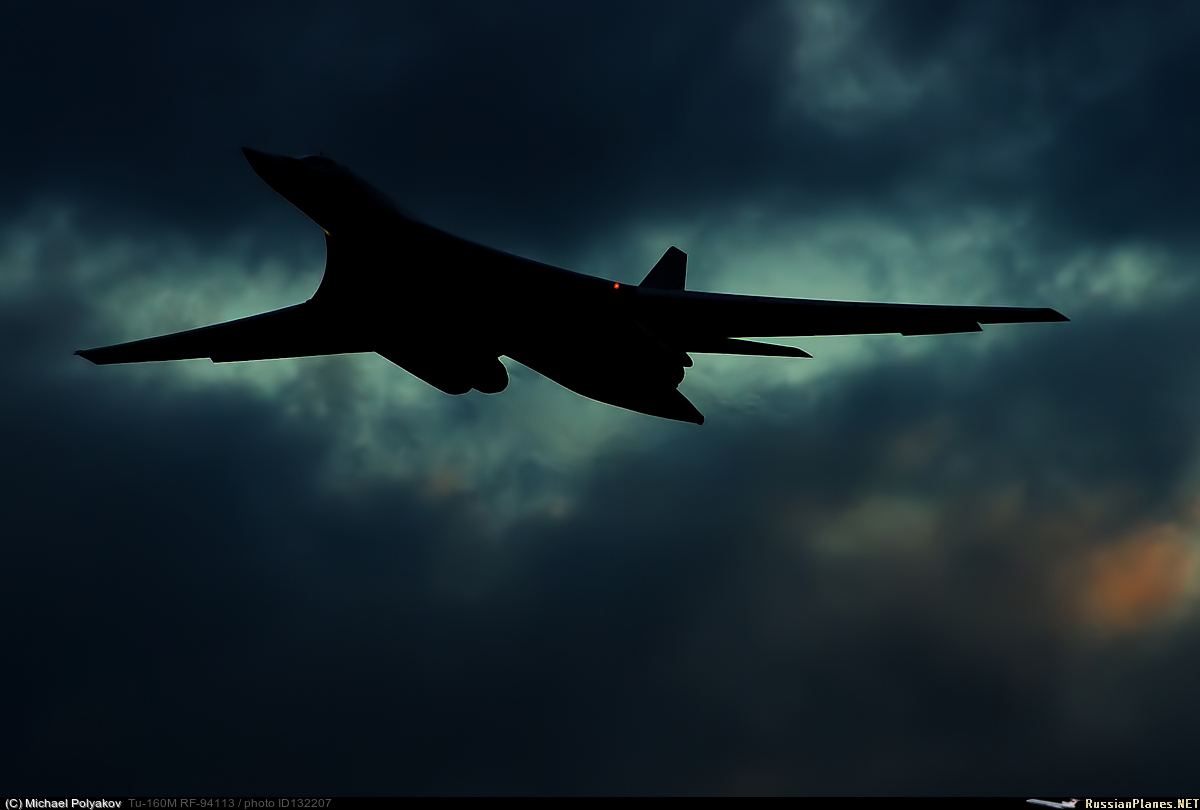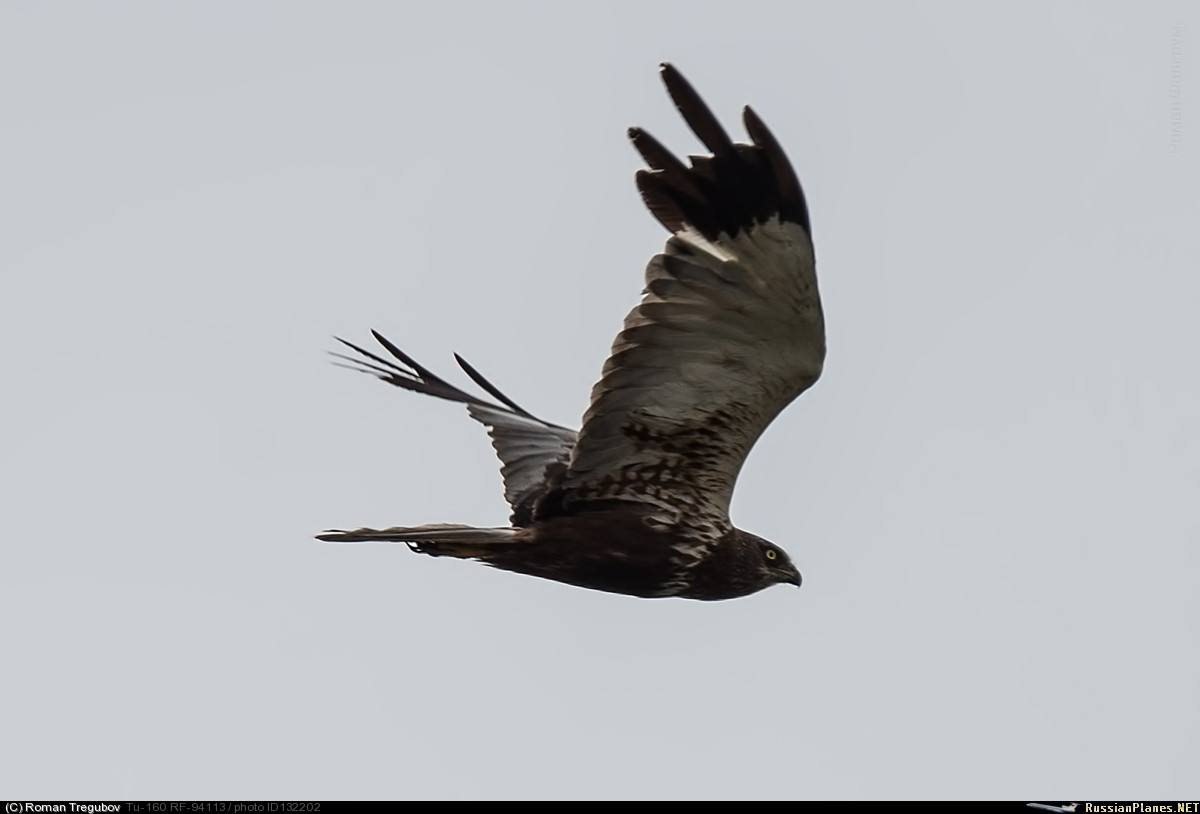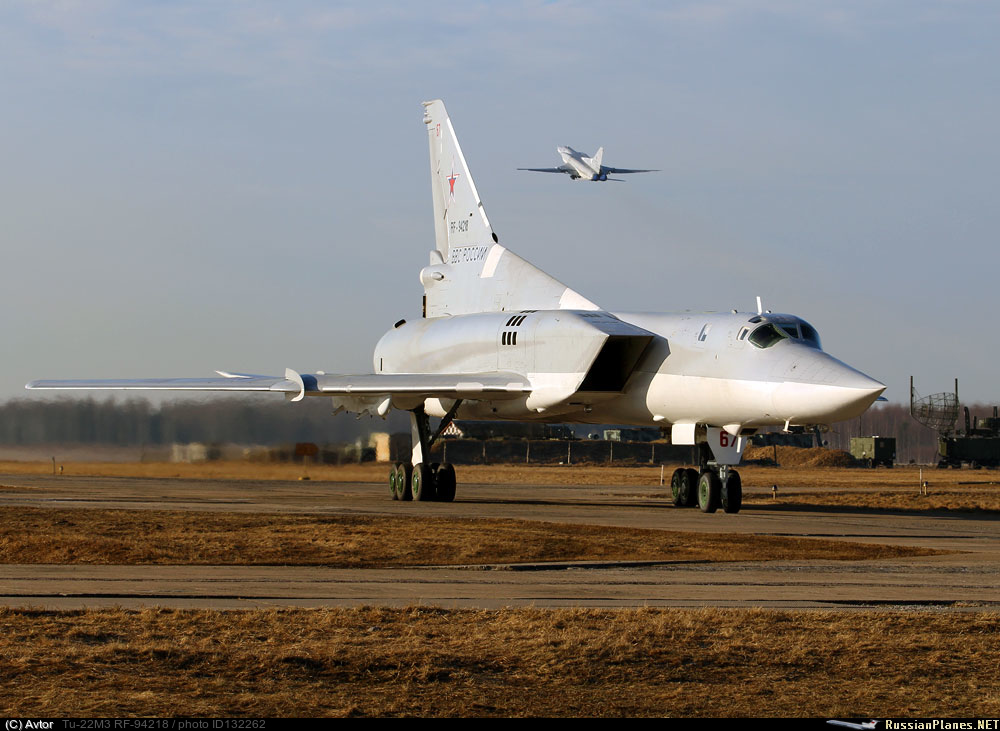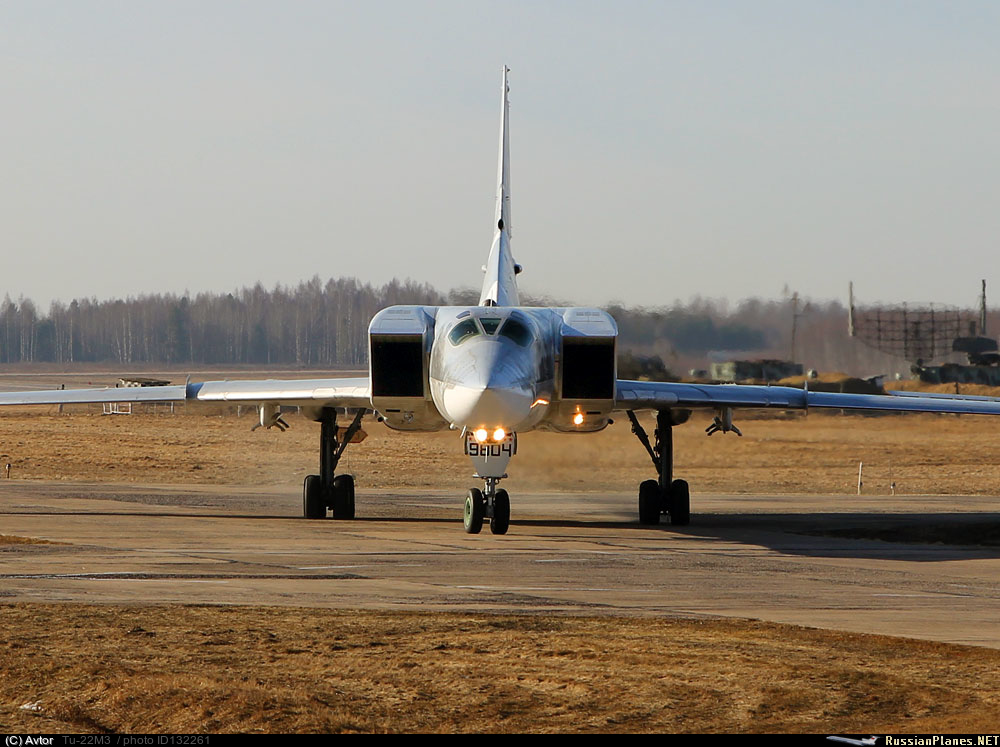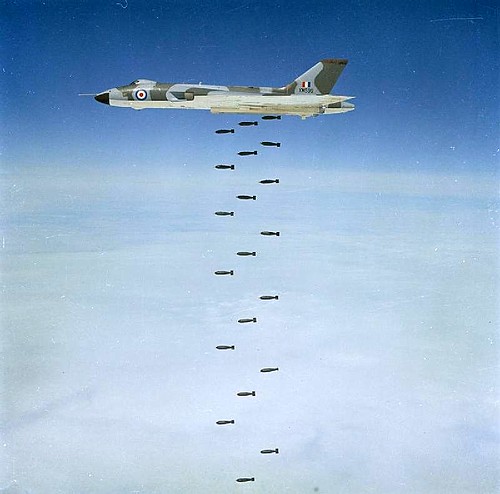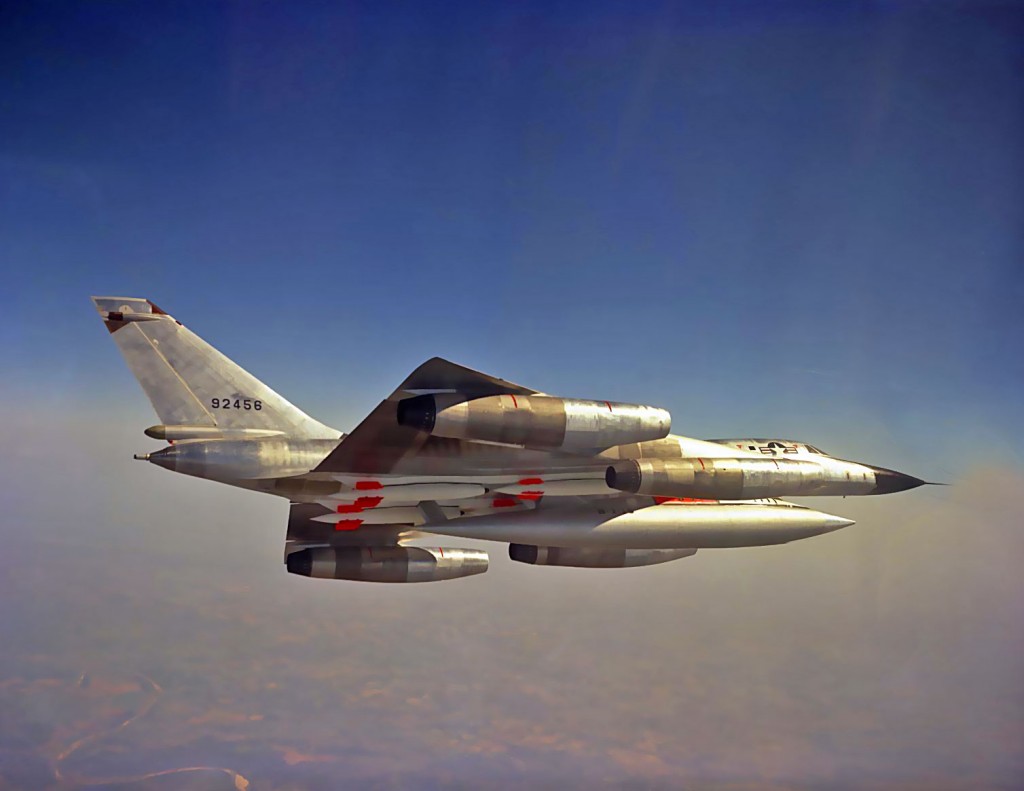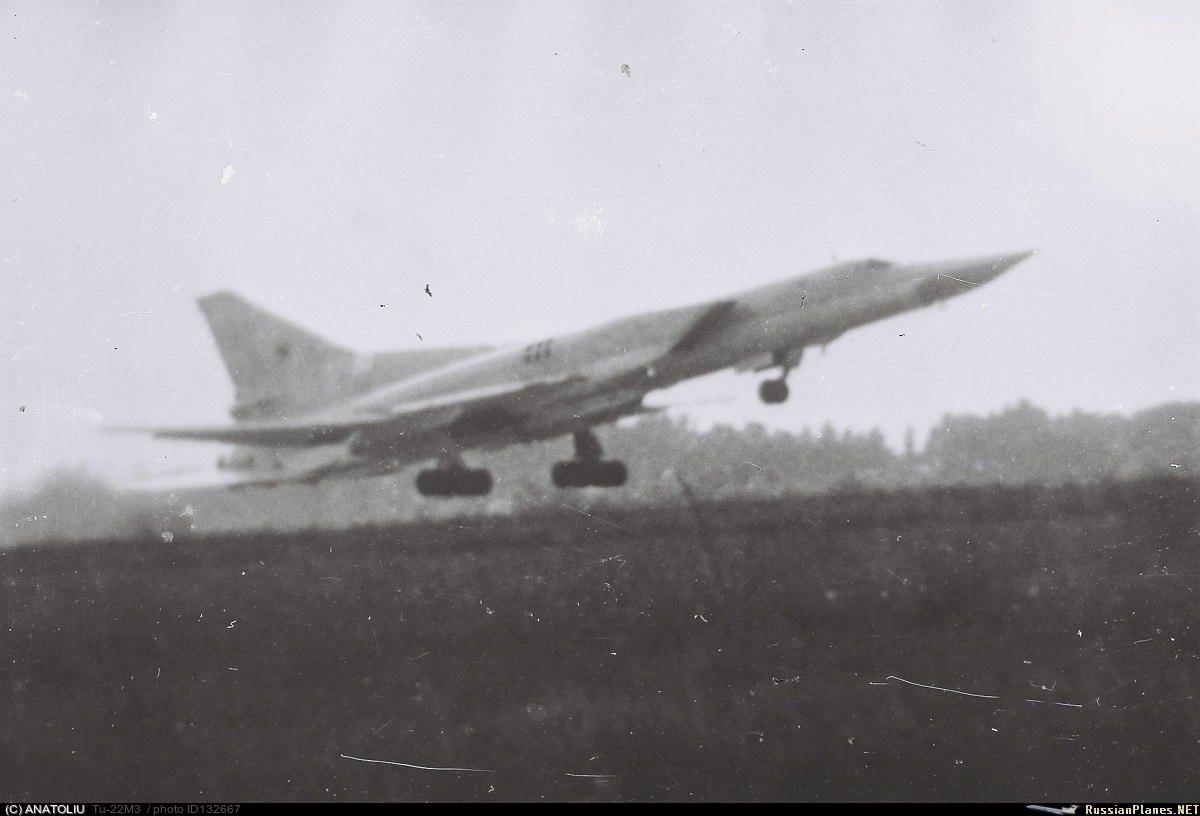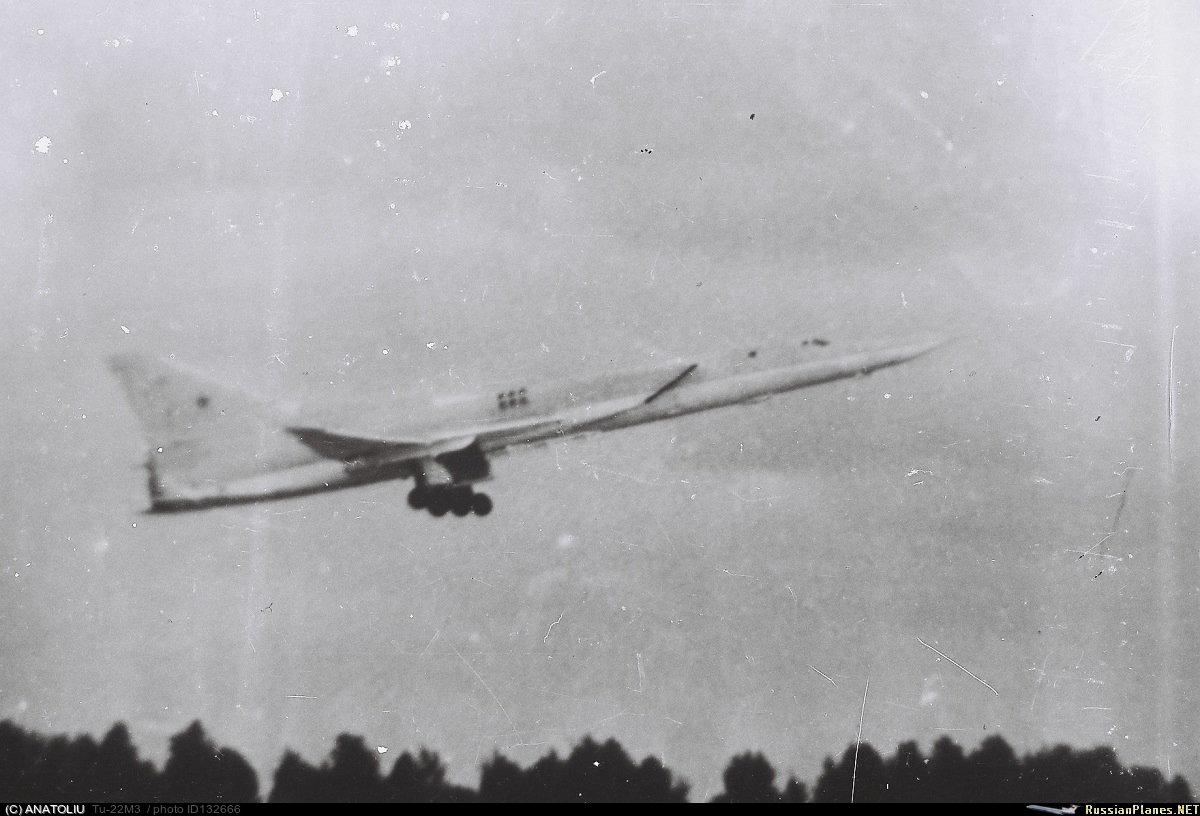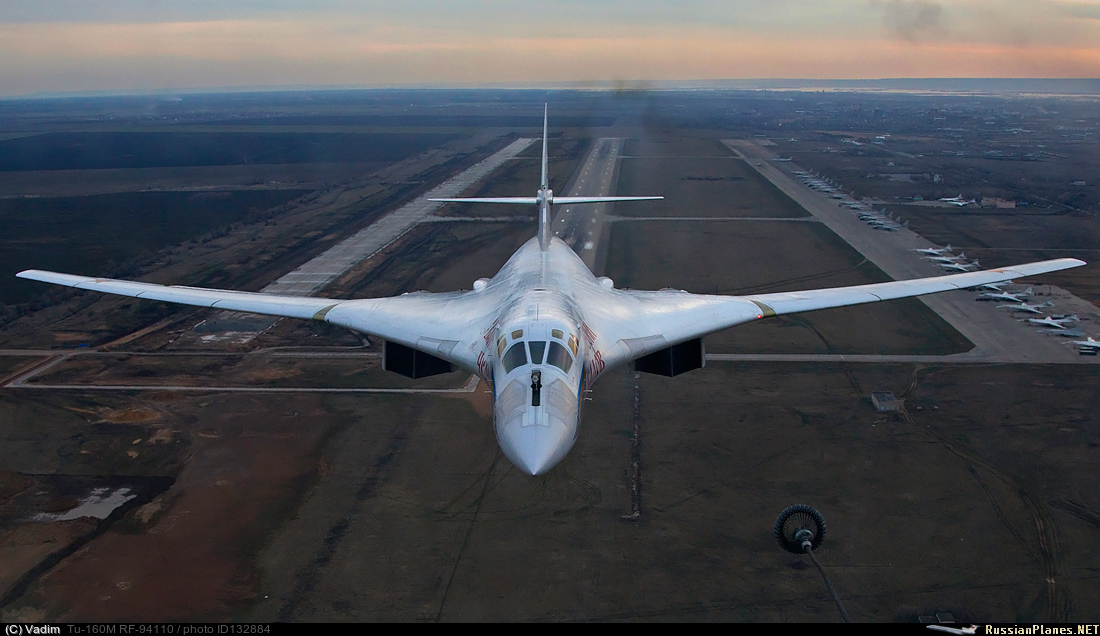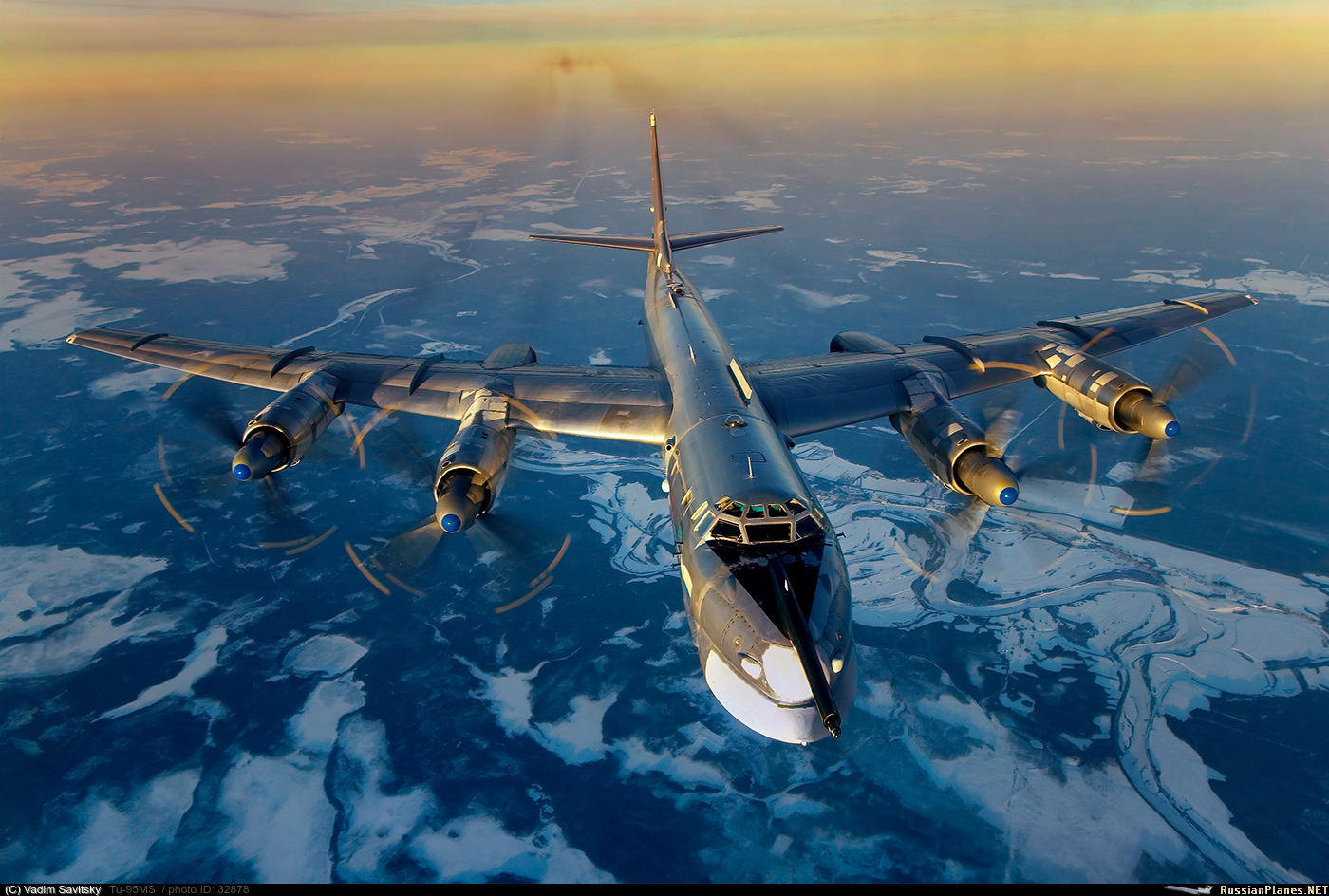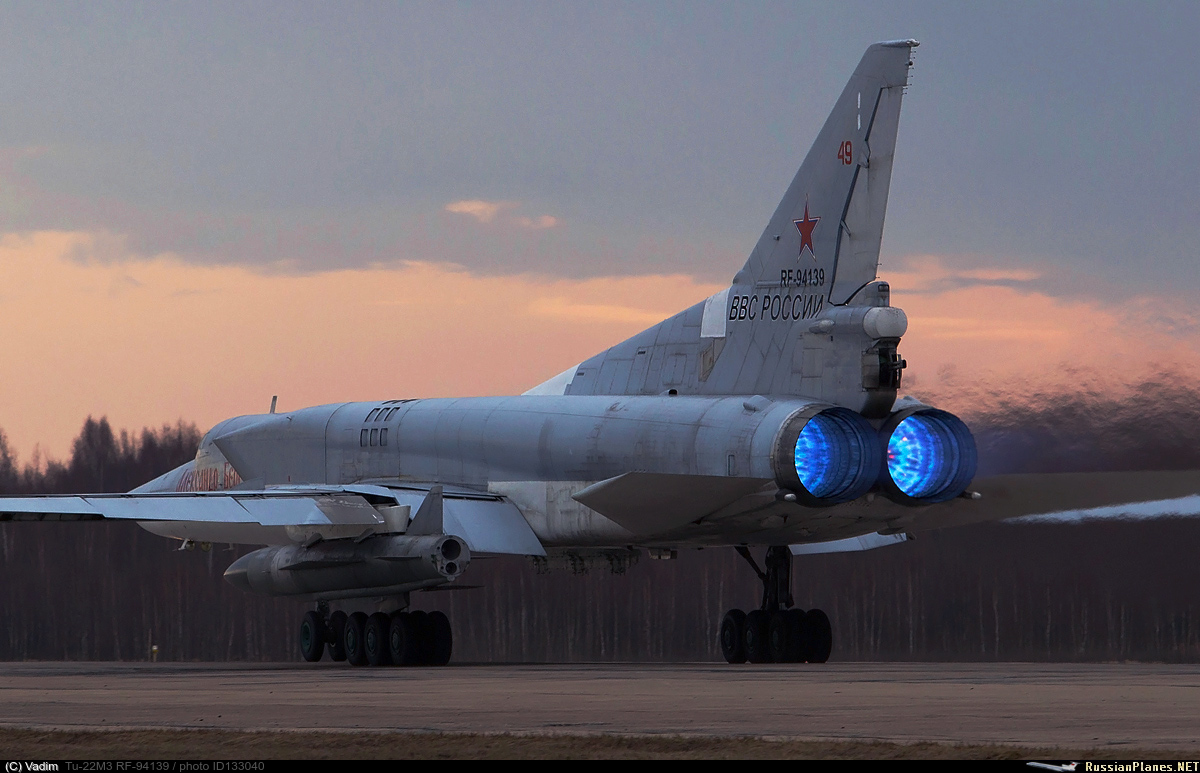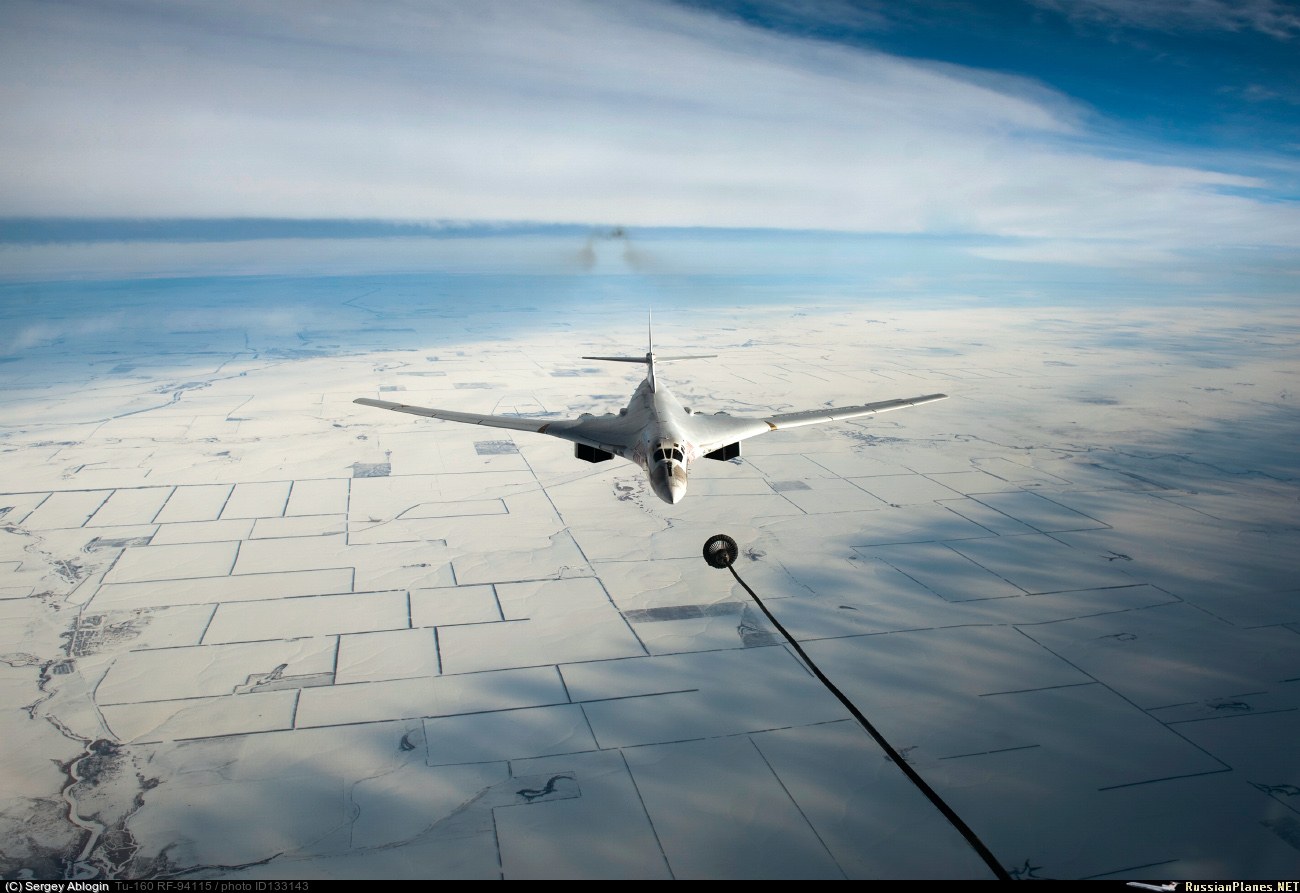Estás usando un navegador obsoleto. No se pueden mostrar estos u otros sitios web correctamente.
Se debe actualizar o usar un navegador alternativo.
Se debe actualizar o usar un navegador alternativo.
El Club de los Bombarderos de Posguerra
- Tema iniciado Grulla
- Fecha de inicio
Sebastian
Colaborador
Sebastian
Colaborador
Sebastian
Colaborador
An A3D-2 Skywarrior of Heavy Attack Squadron (VAH) 5 flown by the squadron commanding officer, Commander Augustin Smith, launches from the carrier Forrestal (CVA 59) during operations with the Sixth Fleet in the Mediterranean Sea on March 11, 1961, fifty-three years ago today.


Sebastian
Colaborador
Sebastian
Colaborador
Temas similares
- Respuestas
- 0
- Visitas
- 853
- Respuestas
- 370
- Visitas
- 39K
- Respuestas
- 10
- Visitas
- 3K
- Respuestas
- 9
- Visitas
- 3K


